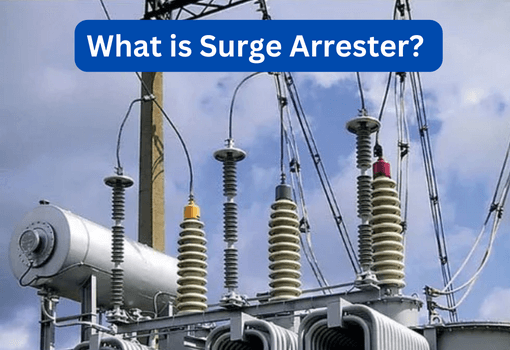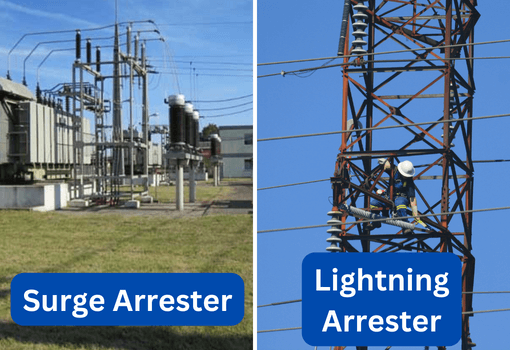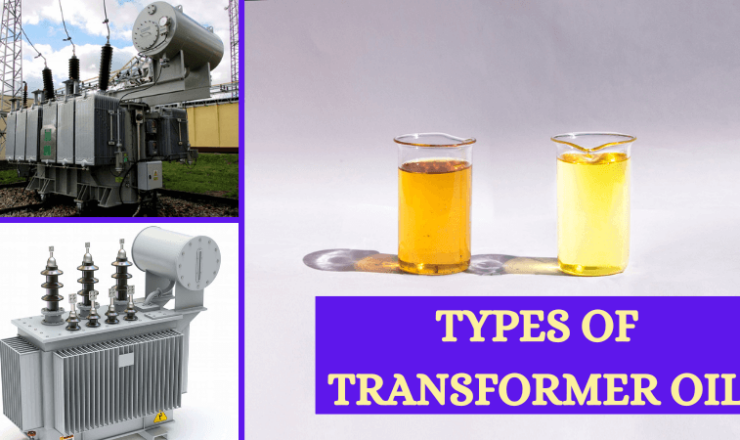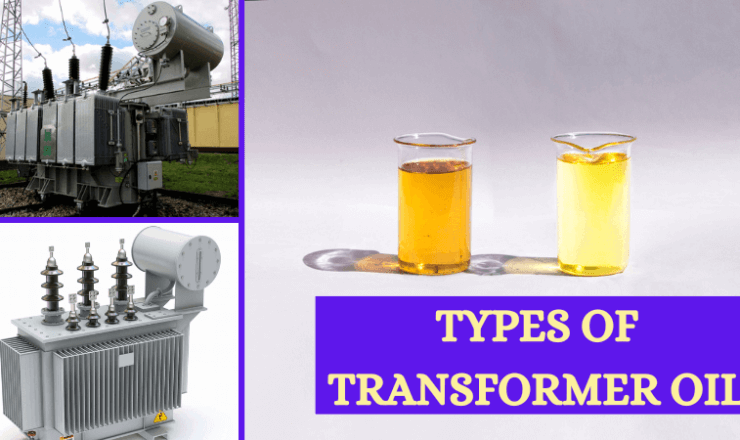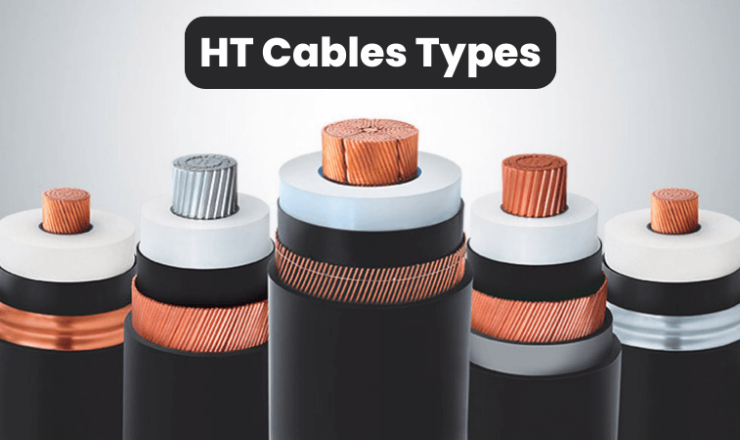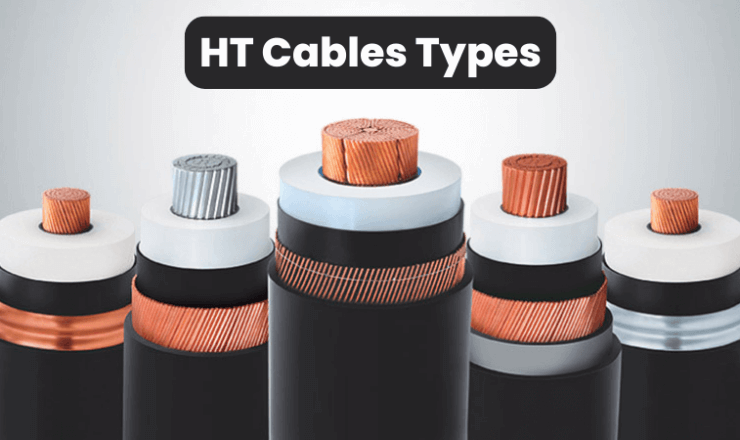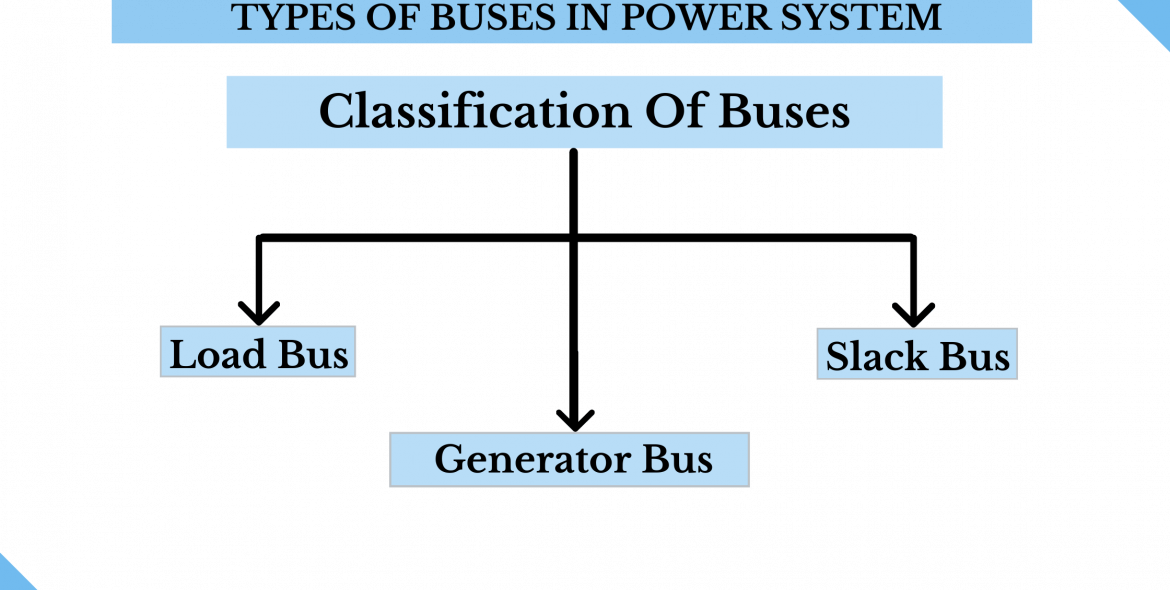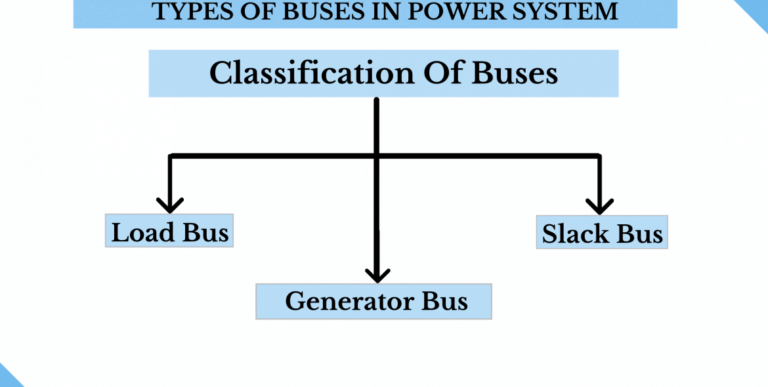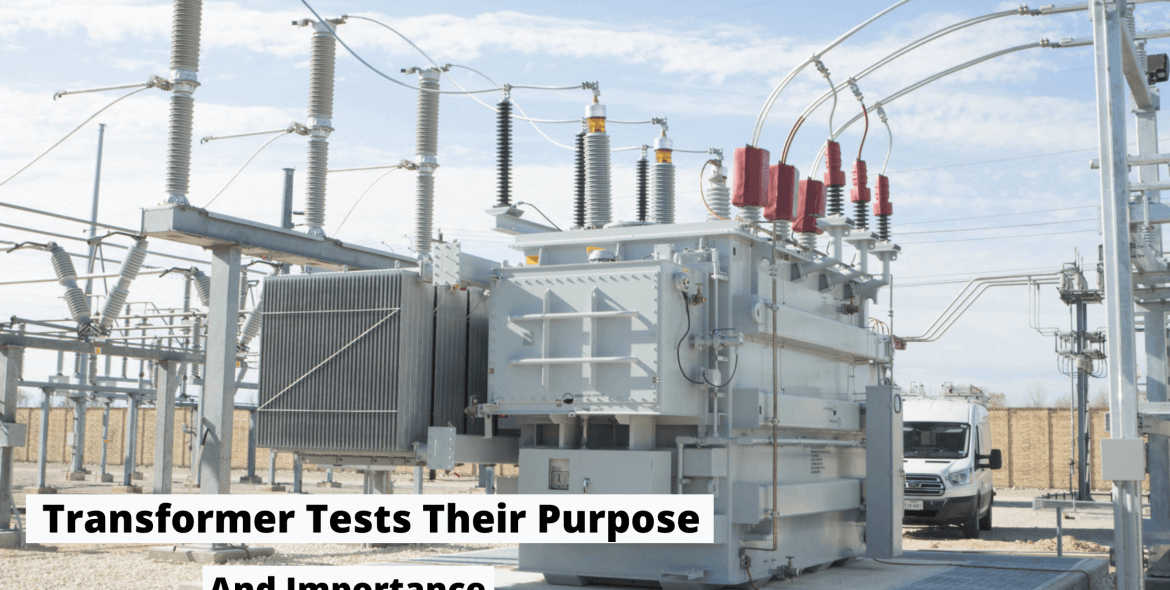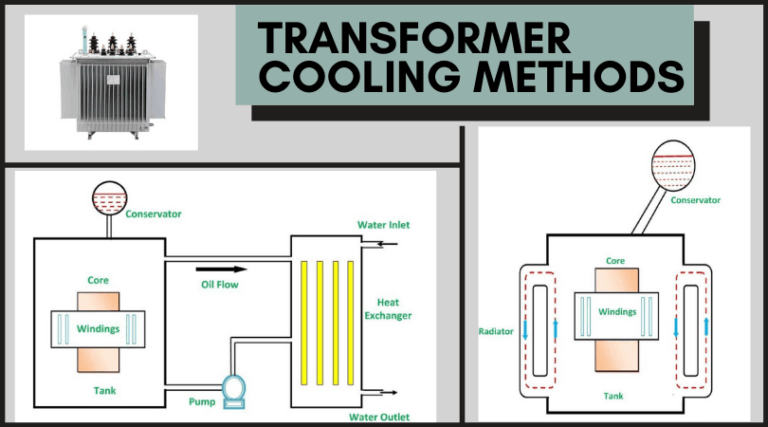Checklist For Electrical Maintenance
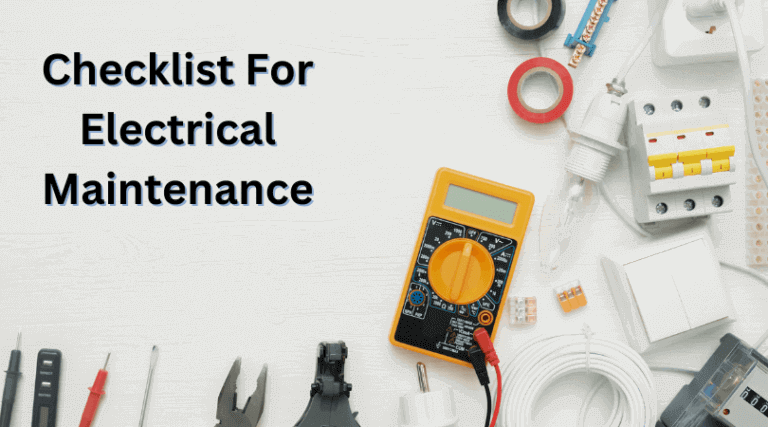
A proper Industrial Electrical Maintenance prevents complex and costly breakdowns. It involves evaluating and servicing industrial equipment and assets to maintain them in satisfactory operational conditions. It is essential for industries, public buildings, and residential buildings.
This article emphasises the importance of industrial electrical maintenance. By the end of this guide, you will have a good understanding of an electrical maintenance checklist and its components.
Why is Electrical Maintenance essential?
Conducting electrical machine maintenance regularly is fundamental to having a well-managed operation. Not all asset or equipment failures are avoidable, but they can be prevented by conducting regular tests and managing reports.
Some benefits of an electrical maintenance checklist are:
- Reduces the risk of an unscheduled power outage by as much as 66%.
- Prevents unexpected failures and overload
Looking For Best Industrial Electrical Maintenance Services? Check Our Reliable Set Of Services At Laxmi Associates. Hire Us Today To Get Your Building Checked.
Checklist For Industrial Electrical Maintenance
A good maintenance checklist helps maintenance teams protect the business from unanticipated breakdowns and costly repairs. Maintenance checklists and logbooks are tools used to record the checking, repairing, and servicing to ensure proper maintenance during future electric maintenance inspections.
Electrical Maintenance checklists are commonly used for areas like:
- Residential Locations: (Buildings, houses, apartments, etc.)
- Industrial and Commercial Establishments: (Factories, shopping malls, hotels, entertainment areas, etc.)
- Healthcare and Special Residencies: (Hospitals, theatres, assembly lines, storage areas, etc.).
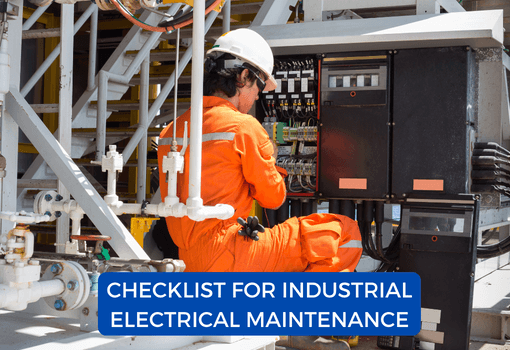
Components of an Electrical Maintenance Checklist
There are various components that need to be checked when it comes to an industrial maintenance checklist. To evaluate the health of various equipment, specific tests like Relay and Circuit Breaker Tests, Oil Tests, Dissolved Gas Test, or SF6 Gas Leak Testing are conducted by contracted specialists.
An Electric Machine Maintenance checklist should consist of the following components:
- Checking and testing of all transformers
- Inspecting and testing the AFCI (arc fault circuit breakers)
- Inspecting and testing GFCIs (ground fault circuit breakers)
- Inspecting and testing voltage regulators
- Checking electrical panels
- Verifying whether electric meters work correctly
- Checking and cleaning motor controls
- Inspecting and testing switches and gears
- Inspecting the distribution and termination of the wiring
- Checking all grounding and overcurrent protection devices
- Inspecting lights and light fixtures, including Recession, Security, HID and fluorescent
- Ballast and lamp replacement
- Special systems, such as Generators, Uninterruptible power supply (UPS) systems, Telecommunications, battery power, video and cable
Conclusion
The more effective the preventive measures are, the greater the chances of having facilities run without fault for longer. A good maintenance checklist helps the maintenance team protect the business from unanticipated breakdowns and costs. Laxmi Associates is an expert pioneer in power system equipment testing. We aim to maximise the life of electrical equipment and deliver reliable Industrial electrical maintenance services.
FAQs
1. What Is An Electric Maintenance Inspection?
An Electric Maintenance inspection is a process that evaluates the condition of residential buildings, service equipment, and various industrial assets. These Maintenance inspections help identify faults and failures before they worsen, preventing short circuits and costly repairs.
2. Why Is Electric Maintenance Important?
Electrical maintenance is vital for the following:
- reliability
- safety
- efficiency
- Keeping records
3. What is the importance of a Maintenance checklist?
Keeping records of electrical machine maintenance ensures timely inspections and repairs. A maintenance checklist tracks the results of tests conducted previously to help identify potential failures. It also informs technicians of the equipment that may be overdue for maintenance and helps them analyze problems and malfunctions.


